What’s the name of this plant?
Where does it grow natively?
Does it have any special uses?
If you recognized the Bougainvillea, you are correct. And if you thought “I don’t think that’s native to the Sonoran Desert,” you would be right again, although the Bougainvillea can be found as a decorative vine, shrub or tree in almost any state, island or country in the world which has a tropical climate. Originally, the Bougainvillea grew only in eastern South America, from Brazil west to Peru and south to Argentina. However, early explorers and sailors enthusiastically gathered samples and spread them to warm places all over the globe.
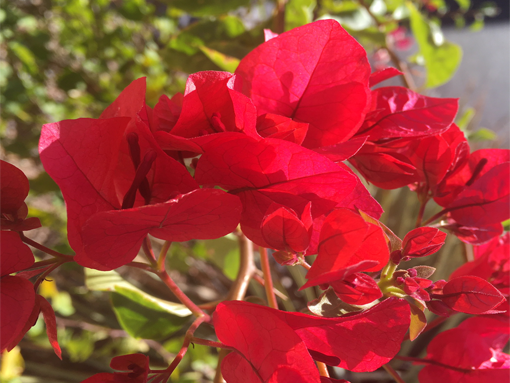
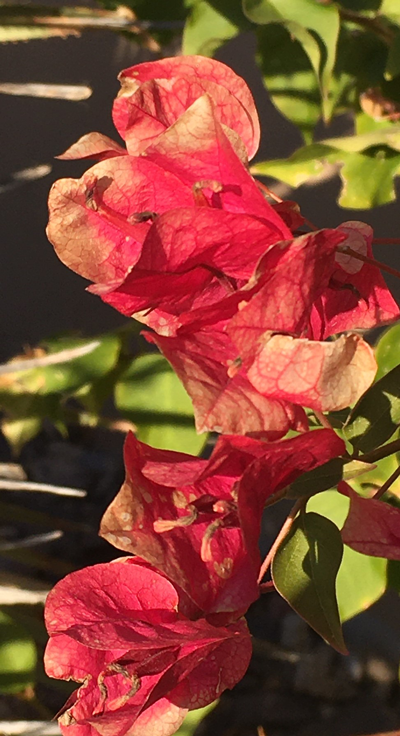
I chose the Bougainvillea for February’s plant of the month because, for me, they represent rebirth and resurgence. Most of year, they grow happily under my kitchen and living room windows and at both sides of the gate leading to my condo, usually so enthusiastically that they must be trimmed back several times. However, they do not like the cold, so in December and January, they usually look a little bedraggled if not partially dead. That is because, as you might remember from January’s Plant of the Month, some desert dwelling vegetation goes dormant when the weather turns cold, and the Bougainvillea is one of those.
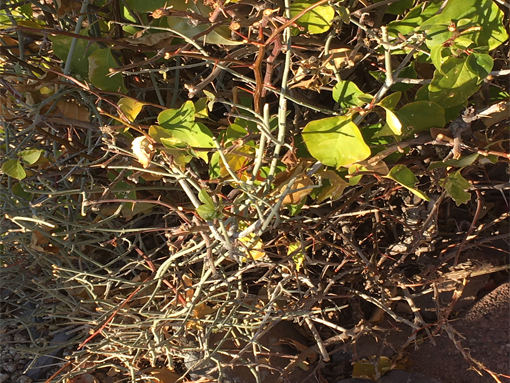
In fact, when the thermometer dips to freezing, Bougainvillea die back until only bare branches remain, but once the temperature warms, they leaf out and bloom anew. That trait of renewal seemed like a perfect symbol for the beginning months of a calendar year – and especially for 2021.
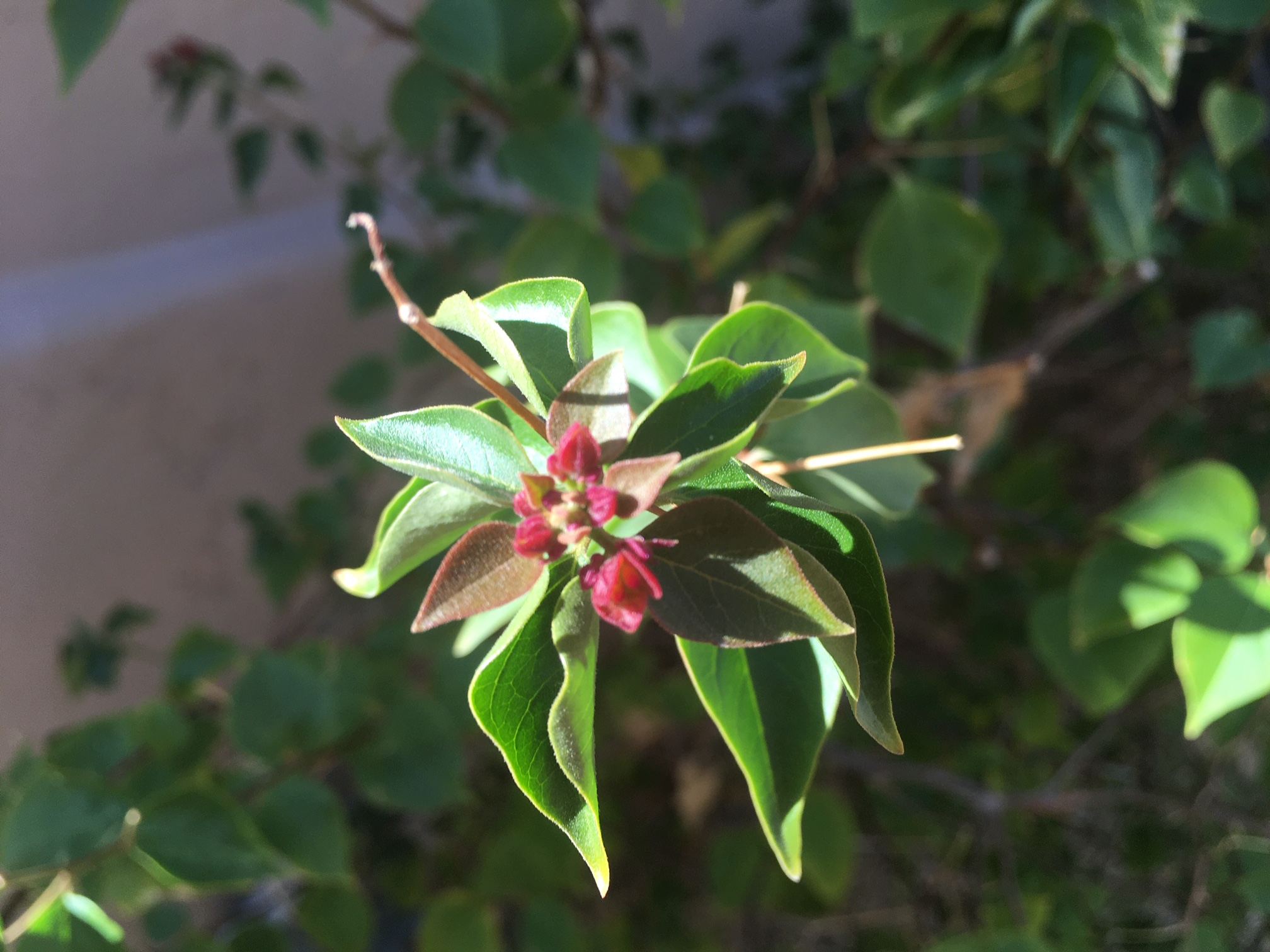

Then, I researched the history of the Bougainvillea and I was truly hooked because its unusual name is linked to the story of the first woman to circumnavigate the globe. It seems that in 1766, Admiral Louis Antoine de Bougainville set forth from France on a three-year voyage of exploration. He engaged Philibert Commerçon (anglicized to Commerson) as the flagship’s botanist, and Philibert was the first to describe the plant in scientific literature. He originally got credit for discovering it too, but then historians learned that the find was actually made by his much more knowledgeable assistant who found the plant growing in the hills of Rio de Janeiro and brought it back to the ship. What makes this story unusual is that his assistant was a peasant woman named Jeanne Baret, an extremely skilled herbalist as well as Commerçon’s housekeeper, nurse and lover, who had agreed to accompany him and 300 crewmen on the long voyage on the Etoile disguised as a man. Commerçon was bothered by an ulcer on his leg as well as seasickness, so it was up to Jeanne to identify and gather plant specimens – a task she was better qualified to accomplish anyway.
All went well for the first two years, but then, while anchored off Tahiti, the native people identified Jeanne as female. In one version, Commerçon supposedly assured Admiral de Bougainville that his name would live on in botanical perpetuity if only he would spare Baret’s life and protect her from his sailors. However it happened, it was from the Admiral that the Bougainvillea got its name.
Living in the southwest, I have always said Bow–gun–vey–yuh in accordance with the Hispanic tradition of pronouncing a double l as a y. However, the internet tells me that the correct pronunciation is “boo–gun–vill–e–yuh.” To paraphrase Shakespeare, a bougainvillea by any other name would be as beautiful. And in fact, Bougainvillea are the official flowers of Guam where they are called Puti Tai Nobiu, two counties in Taiwan, in Ipoh, in Malaysia, and in the Philippines. They are also the official flowers of Camarillo, Laguna Niguel, and San Clemente in California, five cities in China, and two in Okinawa, and the are the national flower of Grenada. Now that’s “flower power!”
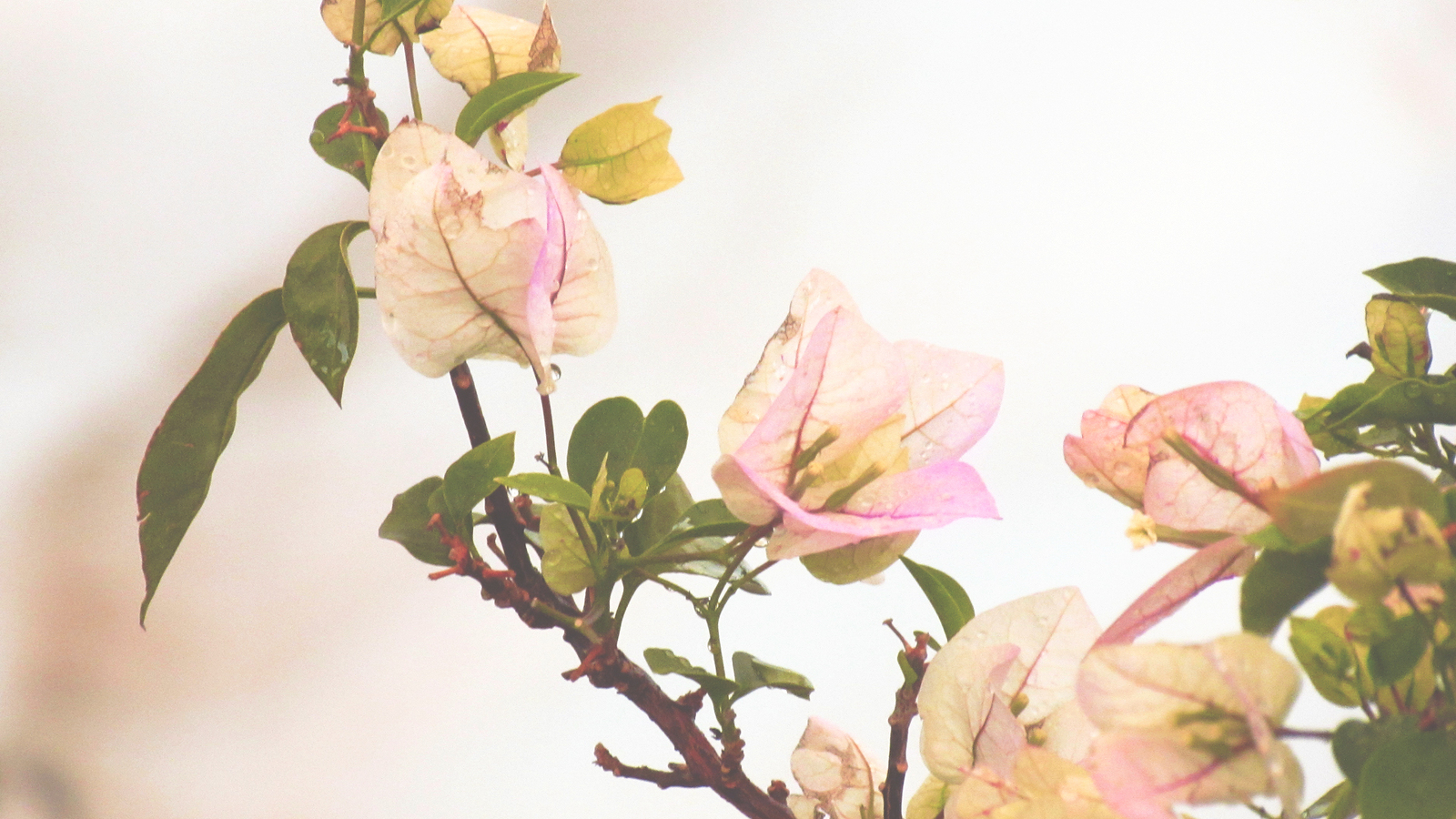
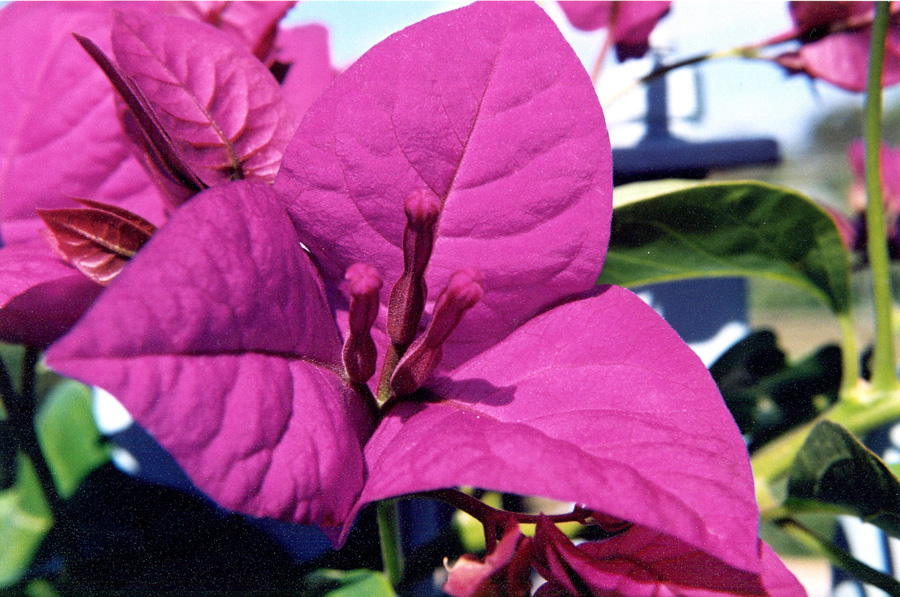
When you look at a Bougainvillea, you might think, “Oh, I love all the brightly colored flowers,” but like the Poinsettia (our December POTM), those are not blooms, but bracts. The bracts are very thin and have a papery texture which has given the plant the nickname of “Paper flowers.”
Every three-bract cluster protects a trio of tiny buds that open into diminutive white flowers. The real flowers appear centered in the bracts and start out looking like colored stems which thicken until they look like long necked vases with an ornamental white ruffled top. Within the “vases” are the pollen-topped stems. Scientists think the bracts actually attract pollinators because their bright colors signal “something yummy over here.”
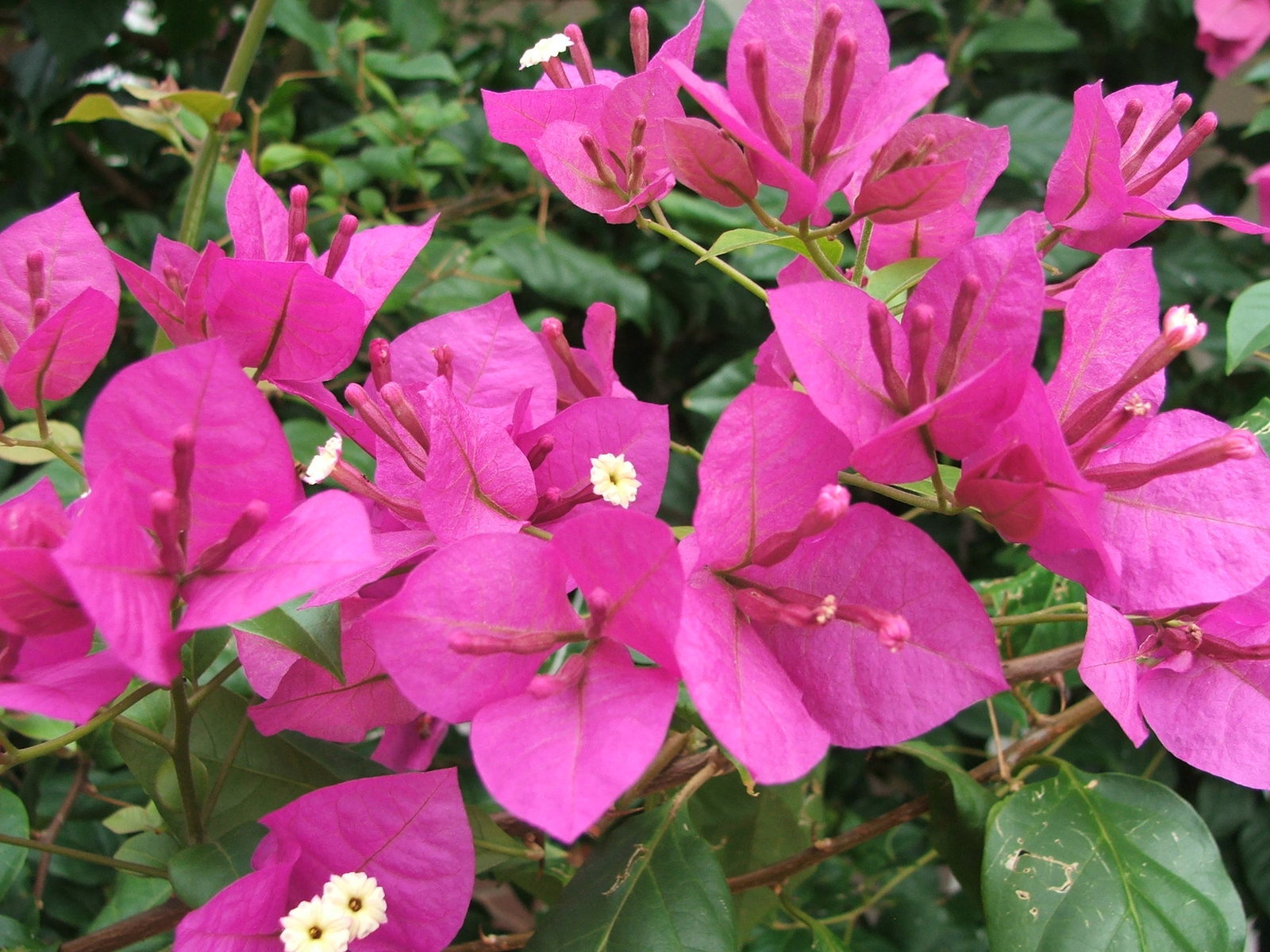
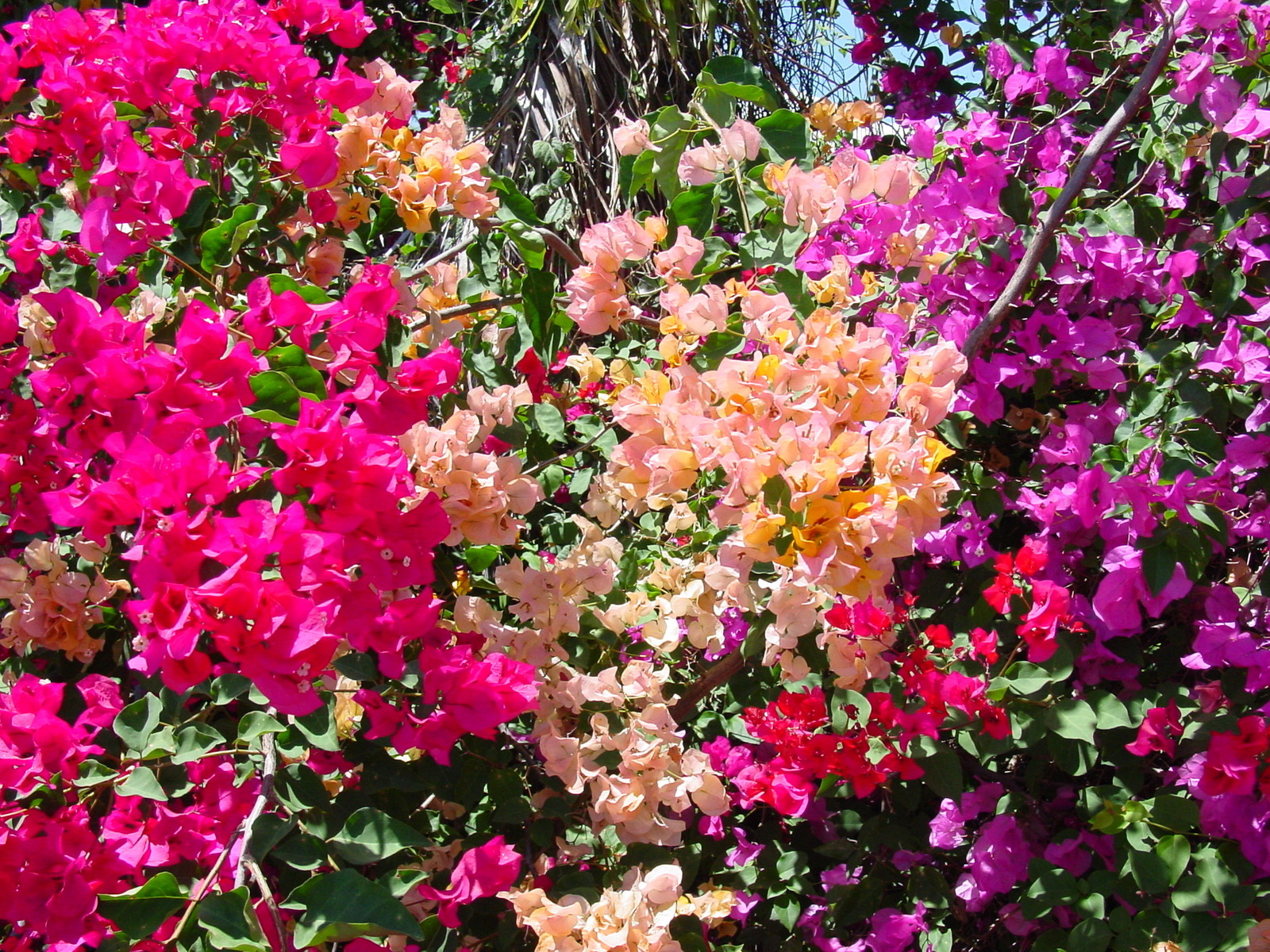
Jeanne Baret’s original Bougainvillea had neon-hued purple bracts (B. brasiliensis or B. spectabillis). Fourteen species of bougainvillea came directly from South America, but determined growers have created more than 300 varieties, and colors now include yellow, orange, cream, baby pink and magenta.
As climbers, bougainvillea look spectacular cascading down a garden wall or climbing up a fence. They can be trained into a hedge as well or used as a single large shrub. Untamed, they can grow 10 to 15 feet tall and 8 feet wide. They also love being pot-bound and will spill out from a hanging container in cascading vines.
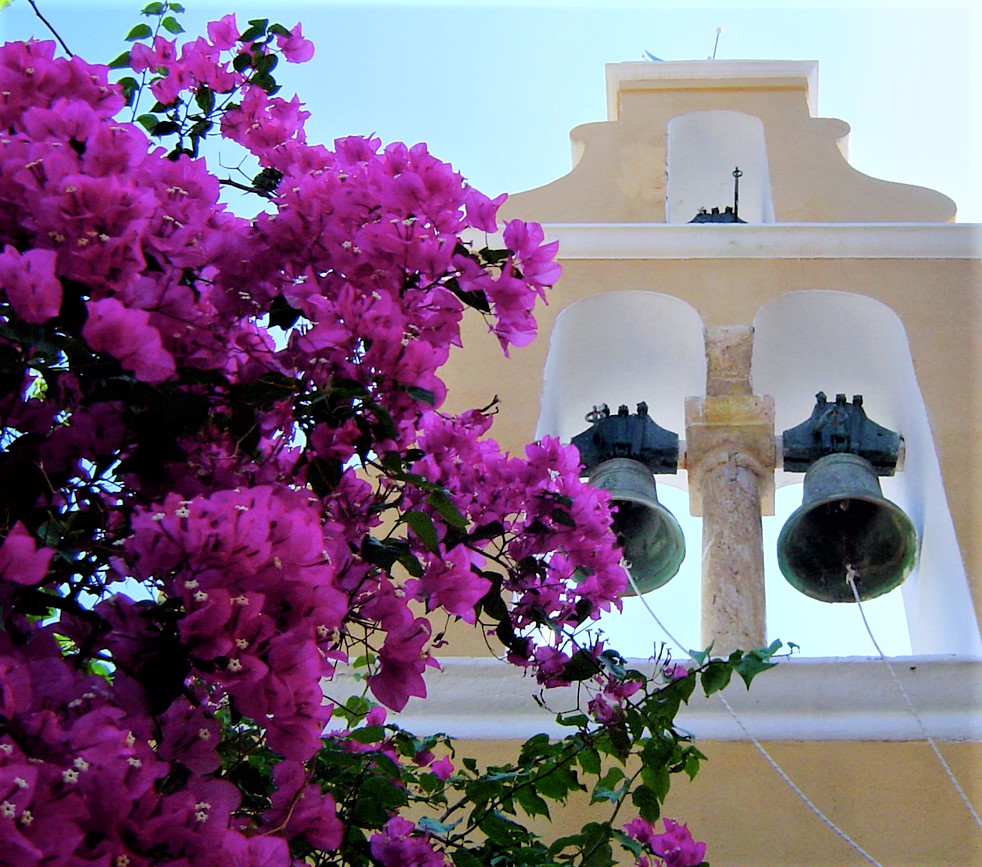
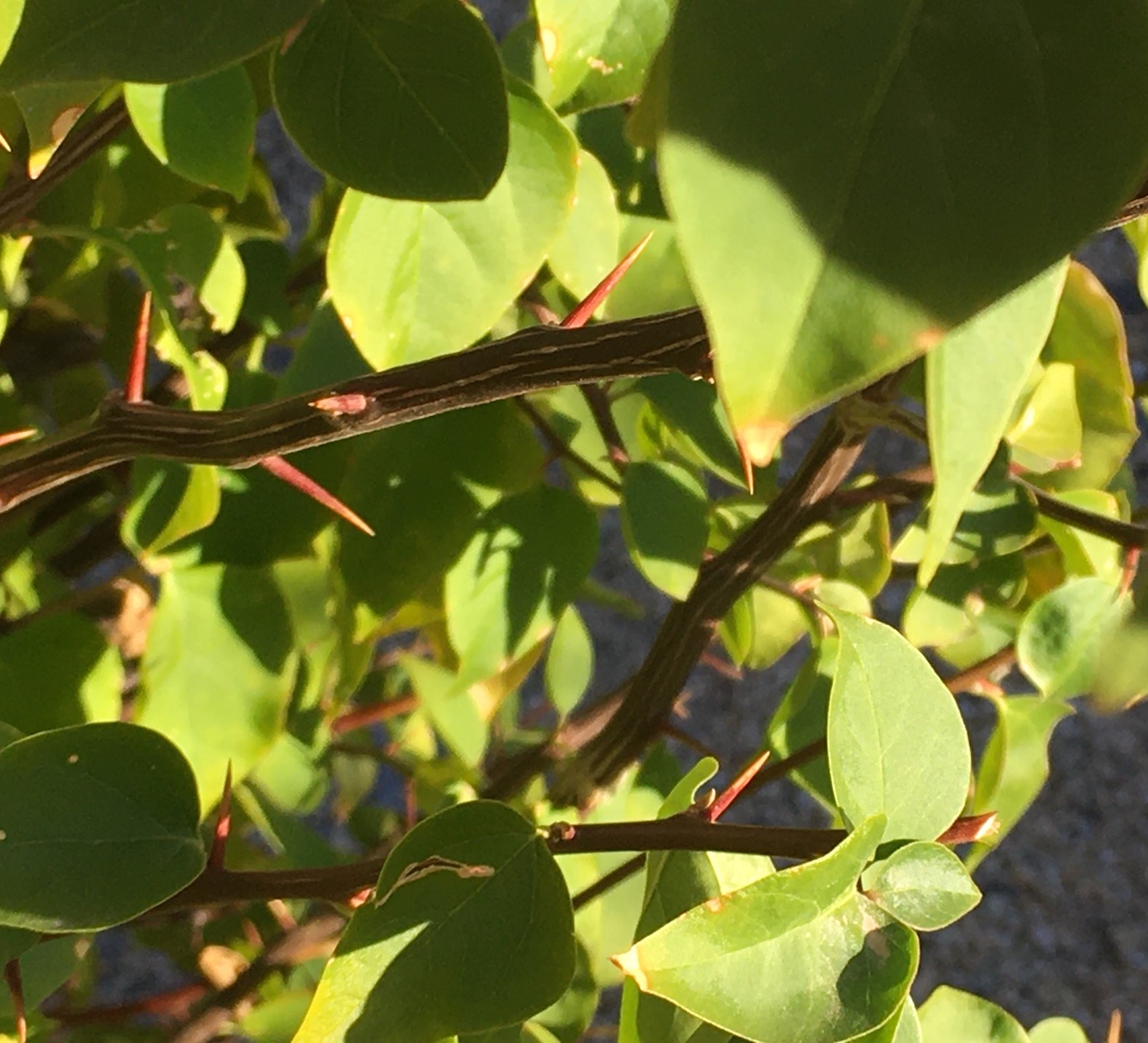
Gardeners need to beware of the thorns at the base of each leaf, however. These protect the plant from grazing animals but are also used like pitons (a peg driven into a crack by a rock climber), helping the plant to climb and cling.
Some Bougainvillea also have medicinal properties when the bracts are distilled as a tea. This infusion has been used to prevent high blood sugar spikes in diabetics, as an anti-inflammatory and antiseptic for sore throats, and as an expectorant to treat a cough. It has also been used as a detoxifier and to ease joint pain. The leaves are mildly toxic if eaten, but the bracts are edible, and some folks use them in salads.
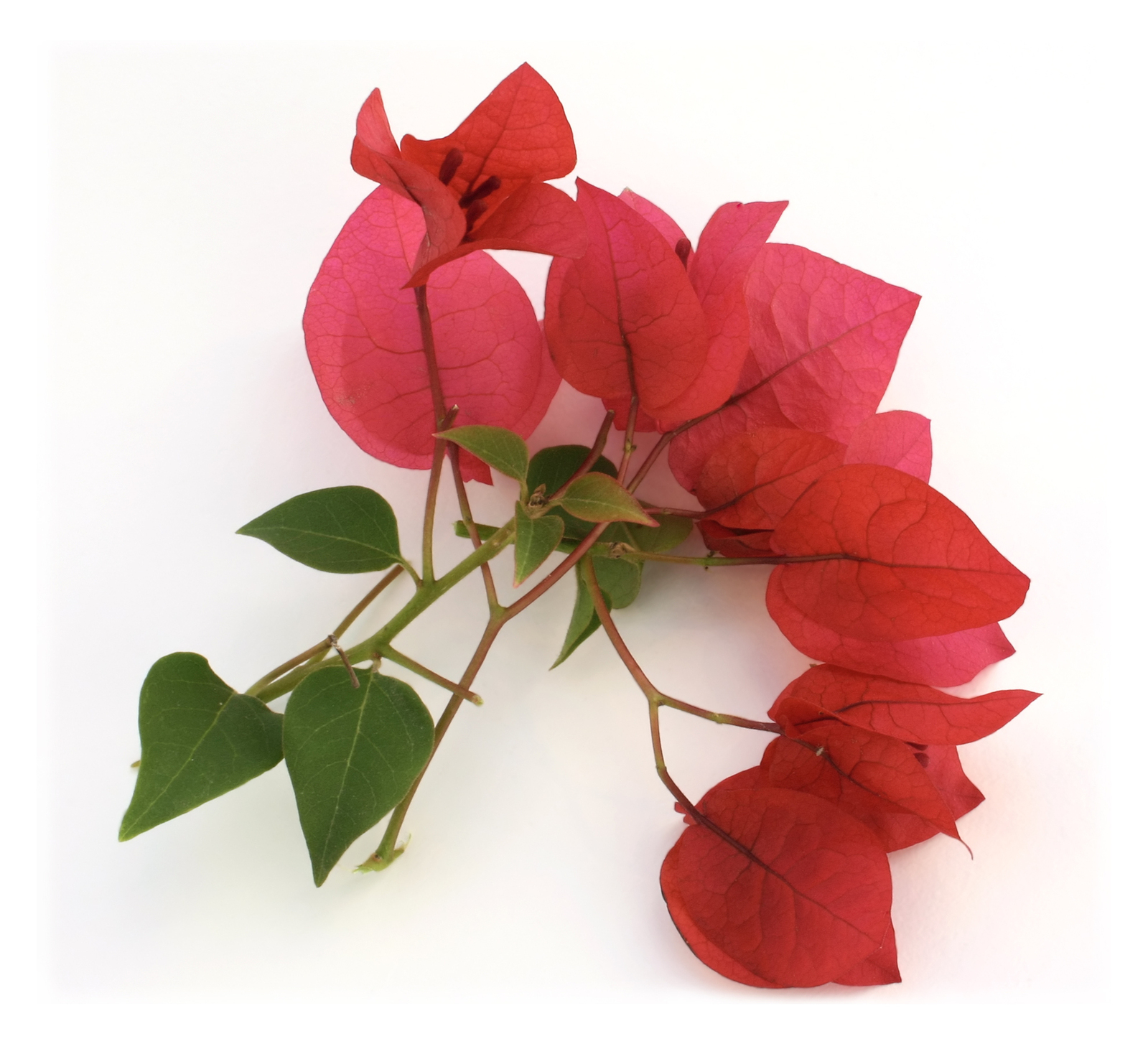
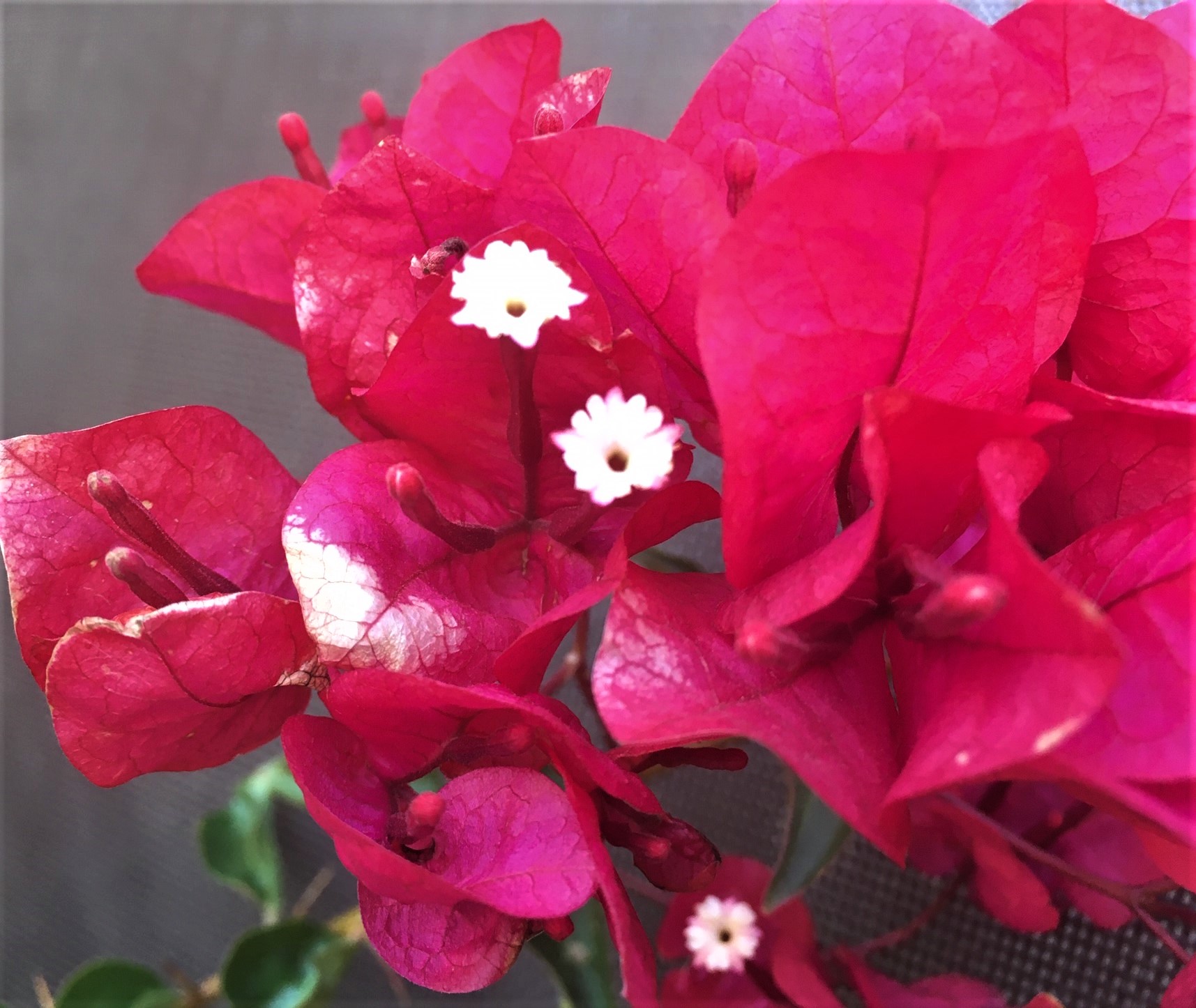
I remember the beauty of Bougainvillea from flying into Kona, Hawaii, for the first time. If you haven’t been there, the airport is right next to a huge, mostly barren lava field – a tribute to Madame Pele’s power, but not necessarily the topography you expect when you think of tropical Hawaii. Against that stark black background stood out these incredible pops of color – bright orange, magenta, and purple. They were Bougainvillea, introduced to Hawaii in 1827 by a Catholic missionary and now fairly common in local gardens and along the side of the roads. I associate them with my happy memories of the Big Island, not knowing then that the Bougainvillea was a world traveler, discovered by the first woman to circumnavigate the globe and adopted by many lands and many peoples around the world.
